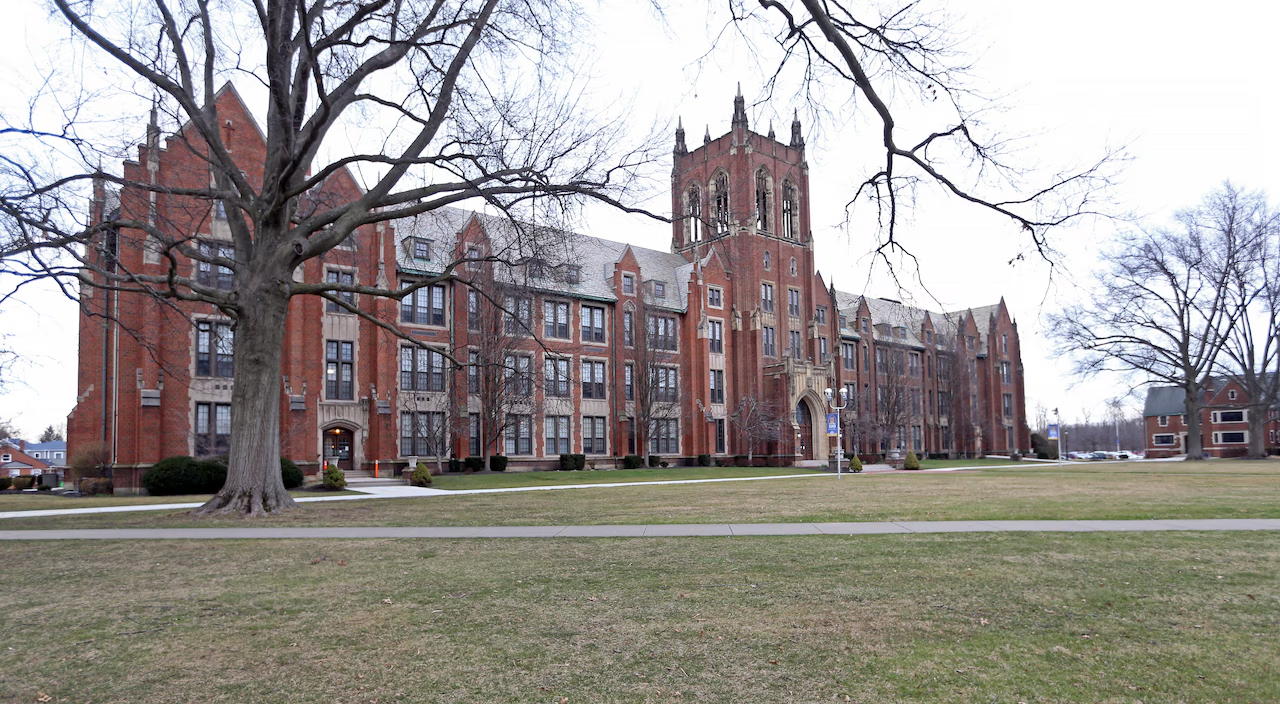By Ashley Nash
The South and Northeast are home to a significant number of HBCUs. Still, Ohio houses Wilberforce, an HBCU that was erected in 1856 and 1951. The midwestern university offers teacher training and classical education. Once one university, the second school broke off and became its own official school in 1965. Both are still standing thanks to the African Methodist Episcopal (AME) church and the Thurgood Marshall Fund. Find out more about the HBCU in Ohio.
The First HBCU In Ohio: Wilberforce University
Founded by the Cincinnati Chapter of the Methodist Episcopal and African Methodist Episcopal churches, Wilberforce University opened its doors in 1856. It is the oldest private HBCU in the United Stated that remains under the direction of African Americans. Named after William Wilberforce, a British abolitionist, the university carries an esteem of freedom and opportunity. Programs in teacher training and classical education are afforded to Black students at a tuition of less than $20,000 per year. The Wilberforce, Ohio-based university participates in the United Negro College Fund and has an enrolled student population of 83.7% Black or African American, 2.9% two or more races, and 1.68% white students.
Formerly of WU: Central State University
Formerly a part of Wilberforce University, Central State University was first established as a two-year university that offered teacher training. The university became its own in 1951 before becoming a formal university less than 15 years later. CSU is part of the Thurgood Marshall Fund like its predecessor and is Ohio’s only public historically Black college or university. Other common programs offered by CSU are business, criminal justice, psychology and journalism. The annual tuition is less than $15,000, and grants are available to those enrolled. The student body consists of 33.3% Black or African American, 25.9% White, 11.9% Hispanic or Latino, 4.62% two or more races, 2.34% Asian, and 0.534% American Indian or Alaska Native.





